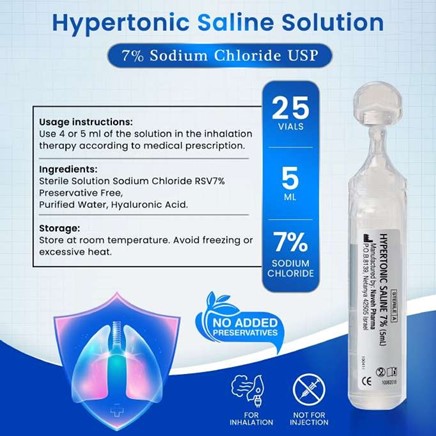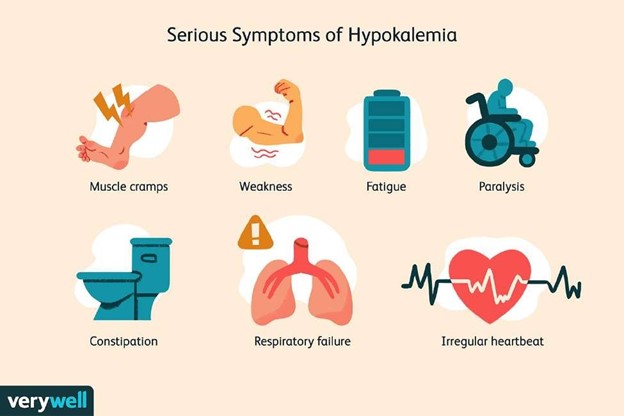A client is admitted with hyponatremia.
Which of the following interventions should the nurse prioritize for this client?
Restricting fluid intake.
Administering a hypertonic saline solution.
Encouraging increased fluid intake.
Administering a loop diuretic.
The Correct Answer is B

This is because hyponatremia is a condition where sodium levels in your blood are lower than normal, usually due to too much water in your body that dilutes the sodium. A hypertonic saline solution is a fluid that has a higher concentration of sodium than blood, and it can help restore the normal sodium balance by drawing water out of the cells.
Choice A is wrong because restricting fluid intake may not be enough to correct severe hyponatremia, and it may worsen the symptoms of dehydration.
Choice C is wrong because encouraging increased fluid intake will further lower the sodium levels and increase the risk of complications such as brain swelling.
Choice D is wrong because administering a loop diuretic will cause more sodium and water loss from the kidneys, which can worsen hyponatremia and dehydration.
Normal ranges for blood sodium levels are between 135 and 145 milliequivalents per liter (mEq/L).
Hyponatremia is defined as a blood sodium level below 135 mEq/L1.
Nursing Test Bank
Naxlex Comprehensive Predictor Exams
Related Questions
Correct Answer is ["A","B","D"]
Explanation

These are all signs and symptoms of hypokalemia, which is a condition where the blood potassium level is too low. This can affect the function of the muscles, nerves, and heart. Therefore, the nurse would expect to find these signs and symptoms in a client with dehydration and hypokalemia.
Choice C is wrong because hyperreflexia is not a sign or symptom of hypokalemia.
Hyperreflexia is a condition where the reflexes are exaggerated or overactive.
This can be caused by conditions such as spinal cord injury, stroke, or electrolyte imbalances such as hypocalcemia or hypomagnesemia.
Correct Answer is B
Explanation
Hyponatremia is a condition where sodium levels in your blood are lower than normal. This can cause symptoms such as nausea, headache, confusion, muscle weakness and seizures. A hypertonic saline solution is a fluid that has a higher concentration of sodium than normal blood. It can help restore the sodium balance and prevent or treat the complications of hyponatremia.
Choice A is wrong because restricting fluid intake may not be enough to correct severe hyponatremia and may worsen the symptoms if the cause is sodium loss.
Choice C is wrong because encouraging increased fluid intake may further dilute the sodium levels and worsen the condition.
Choice D is wrong because administering a loop diuretic may increase the urine output and cause more sodium loss, leading to more severe hyponatremia.
Normal ranges for blood sodium levels are between 135 and 145 milliequivalents per liter (mEq/L).
Whether you are a student looking to ace your exams or a practicing nurse seeking to enhance your expertise , our nursing education contents will empower you with the confidence and competence to make a difference in the lives of patients and become a respected leader in the healthcare field.
Visit Naxlex, invest in your future and unlock endless possibilities with our unparalleled nursing education contents today
Report Wrong Answer on the Current Question
Do you disagree with the answer? If yes, what is your expected answer? Explain.
Kindly be descriptive with the issue you are facing.
